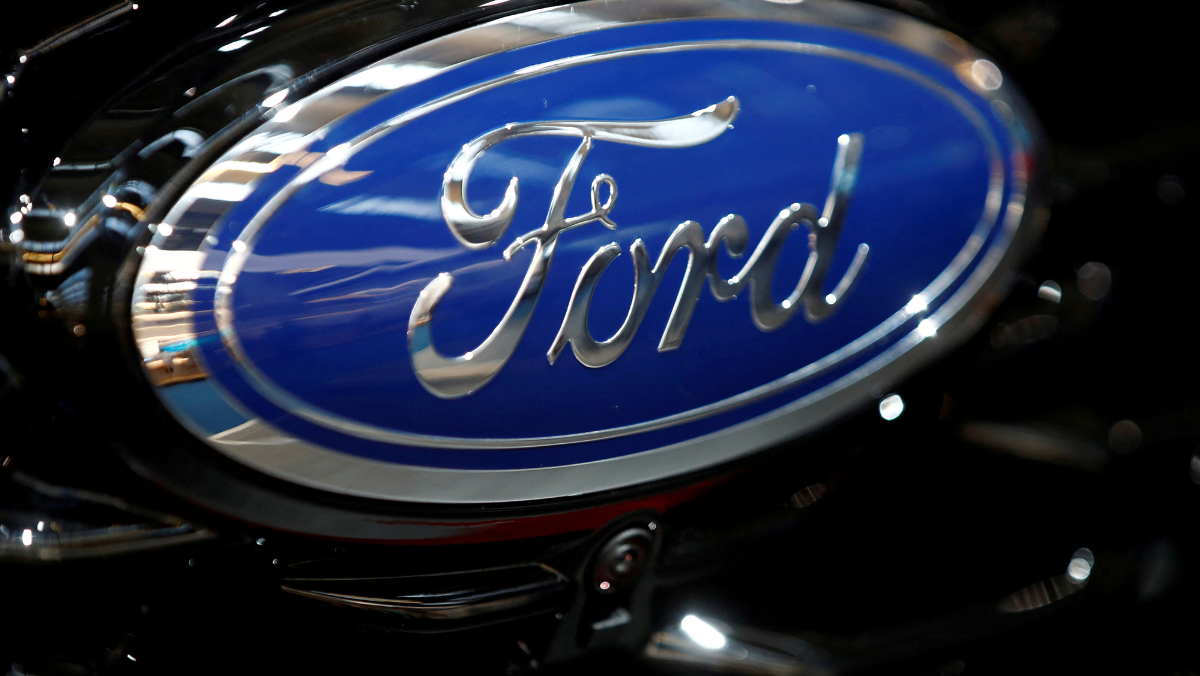INNOVATION
Second Life for EV Batteries Sparks US Energy Shift
Used EV batteries gain a second life in large-scale US energy storage, cutting waste and powering data growth
14 Nov 2025

The US battery sector is entering a defining moment as companies race to manage the fast-growing stream of used electric vehicle (EV) batteries. A leading industry player has launched a landmark second-life storage project that many observers believe will reshape how the nation meets its next phase of energy demand.
At the center of the development is a 12-megawatt, 63-megawatt hour storage installation built entirely from repurposed EV batteries. Now powering a high-performance computing facility run by Crusoe, the project marks a significant advance in giving retired batteries productive use before they reach recycling centers. The effort has drawn support from GM and other automaker partners, reflecting a broader shift toward long-term sustainable supply strategies.
The approach builds on a striking insight: Most retired vehicle batteries still retain more than half of their original capacity. While no longer optimal for transportation, they remain well-suited for stationary storage that supports data centers, commercial operations, and clean energy systems. The battery group leading the initiative processes over 20 gigawatt hours of used batteries annually, creating one of North America's largest reuse pipelines and yielding valuable performance data for future system design.
According to industry analysts, the timing is critical. US demand for energy storage is climbing rapidly as artificial intelligence, cloud infrastructure, and renewable power expand across the grid. At the same time, recycling capacity has yet to match the rising volume of end-of-life EV batteries. One engineer involved in the project noted that second-life systems ease pressure on recycling while extracting maximum value from every battery. A GM representative added that reuse strengthens the resilience and sustainability of the national battery supply chain.
Challenges remain. Used batteries can vary widely in condition, prompting concerns about long-term reliability. Regulations and standards for second-life systems are also still taking shape. Even so, most experts agree that the benefits far outweigh the hurdles as the industry accelerates toward more circular and resource-efficient models.
With this latest deployment, the US battery industry is signaling that second-life technology is no longer an experiment but a fast-maturing solution. As more companies pursue partnerships and investment strategies focused on reuse, momentum is expected to build. For now, the breakthrough offers a promising path to meet the country's rising energy needs.
Latest News
14 Nov 2025
Second Life for EV Batteries Sparks US Energy Shift12 Nov 2025
Ford’s Battery Passport Still Drives Change11 Nov 2025
America’s Battery Breakthrough: A Jolt for Recycling7 Nov 2025
The Race to Reinvent EV Battery Recycling
Related News

INNOVATION
14 Nov 2025
Second Life for EV Batteries Sparks US Energy Shift

TECHNOLOGY
12 Nov 2025
Ford’s Battery Passport Still Drives Change

PARTNERSHIPS
11 Nov 2025
America’s Battery Breakthrough: A Jolt for Recycling
SUBSCRIBE FOR UPDATES
By submitting, you agree to receive email communications from the event organizers, including upcoming promotions and discounted tickets, news, and access to related events.